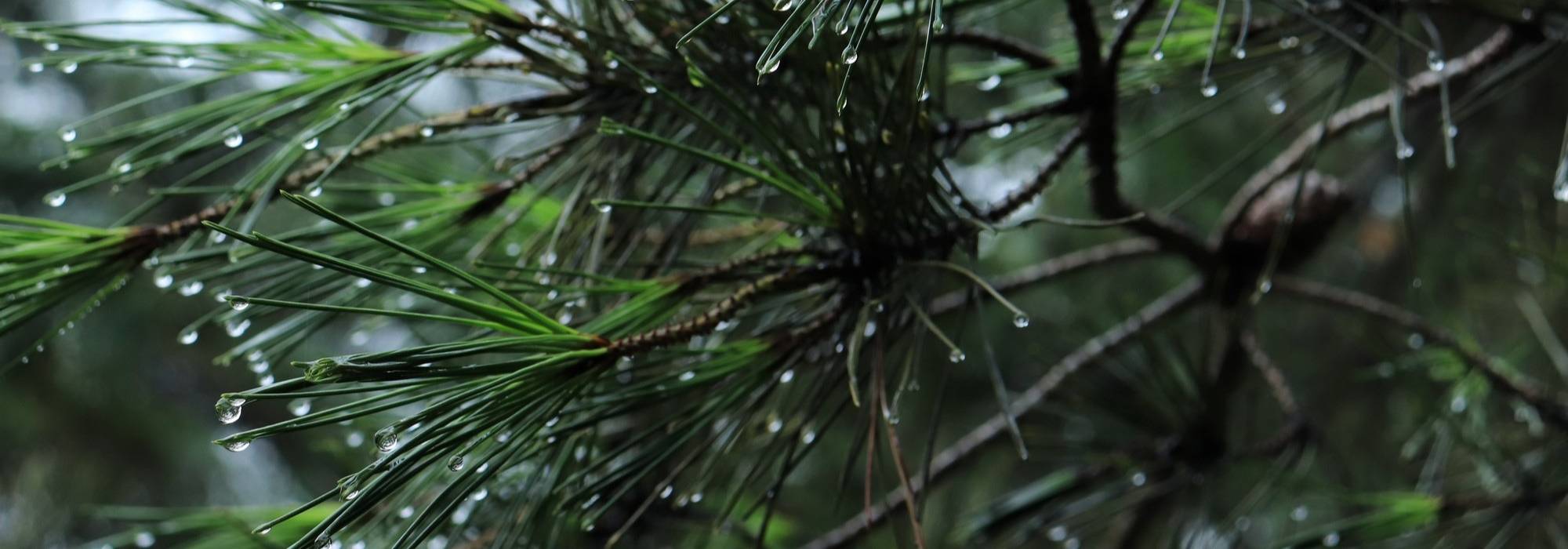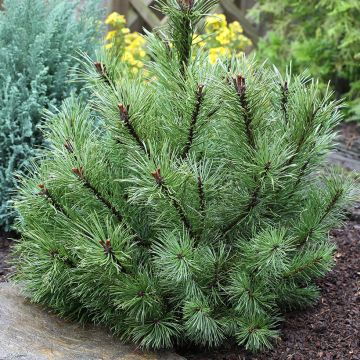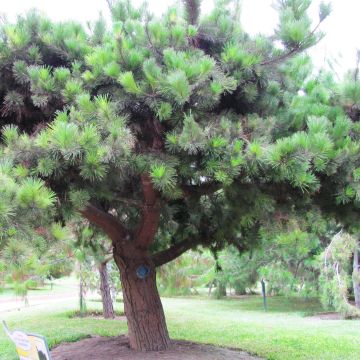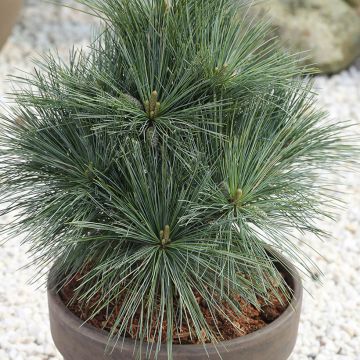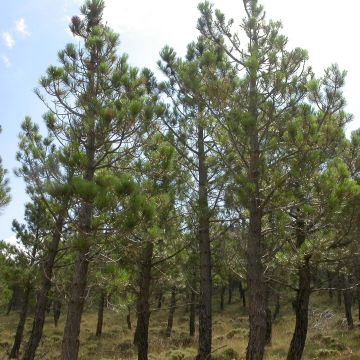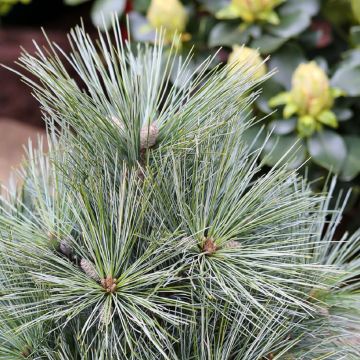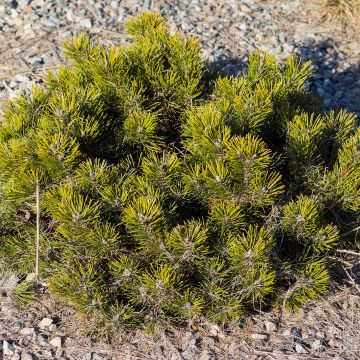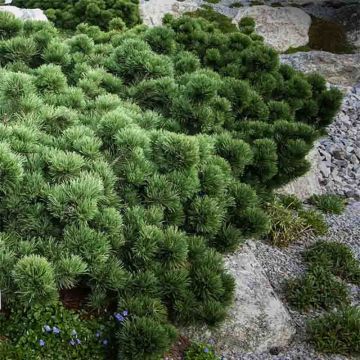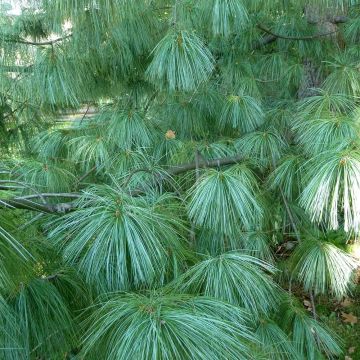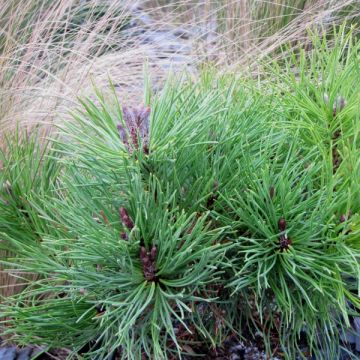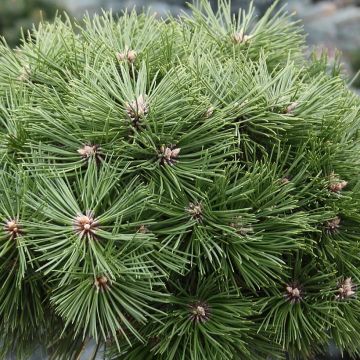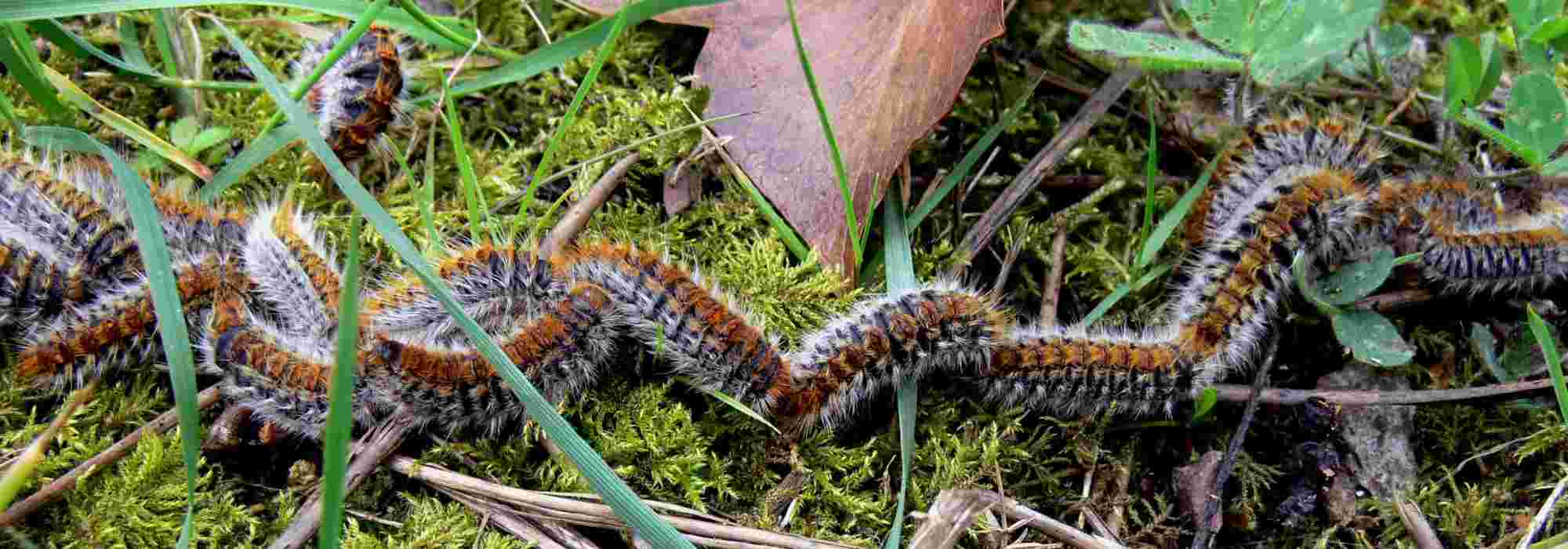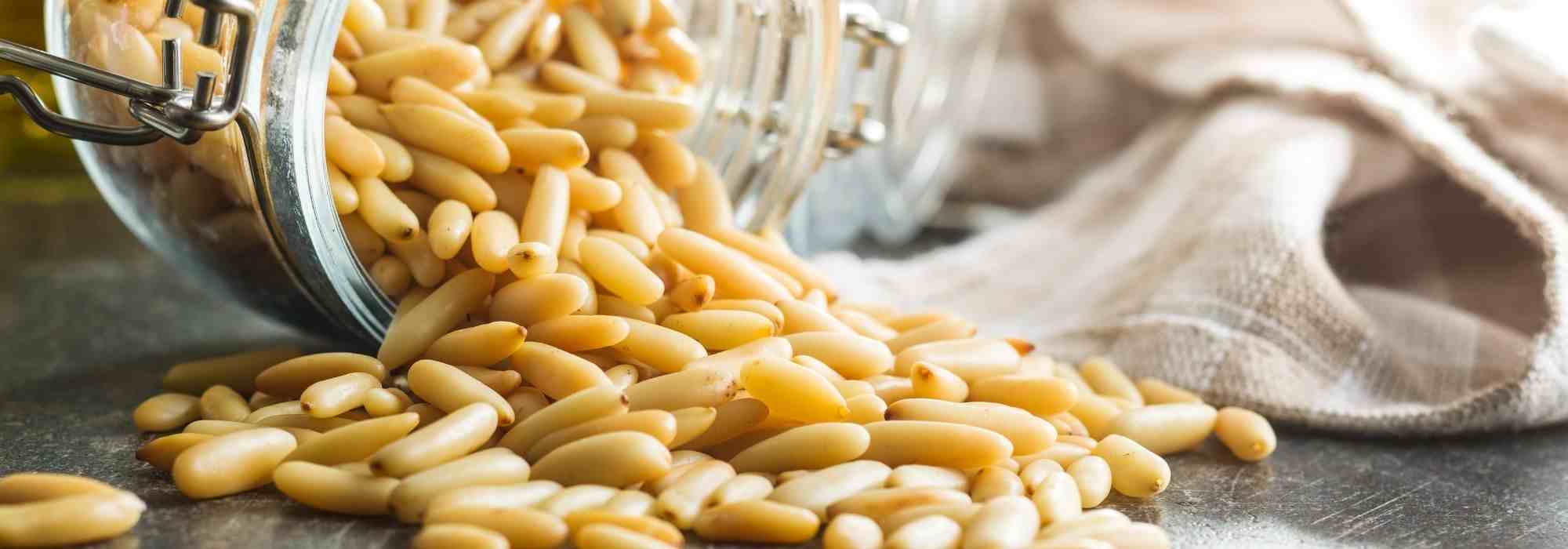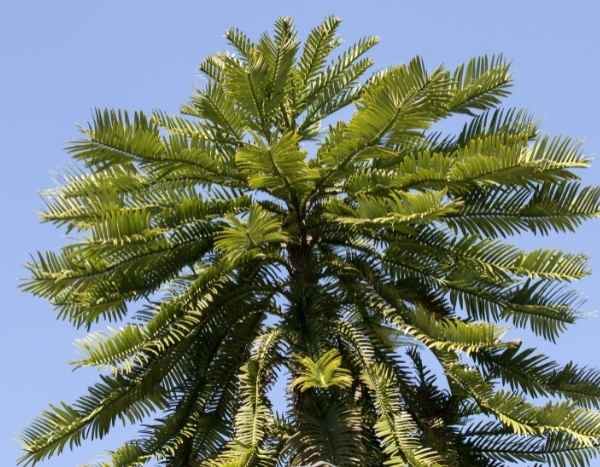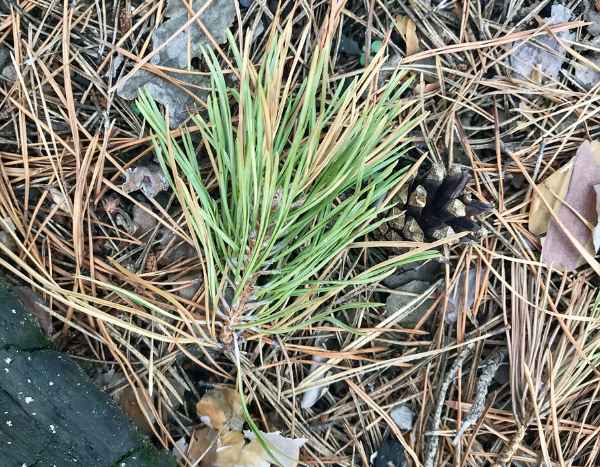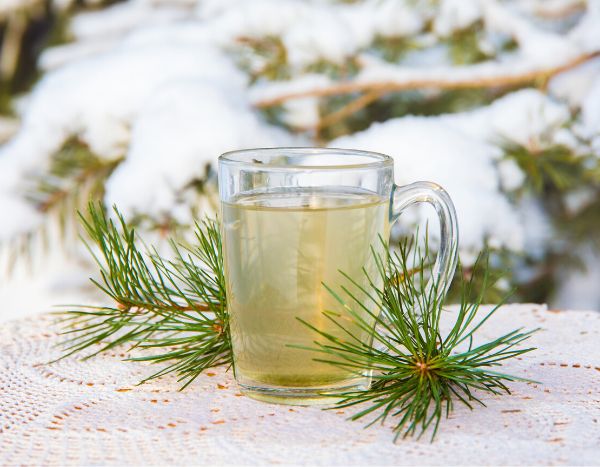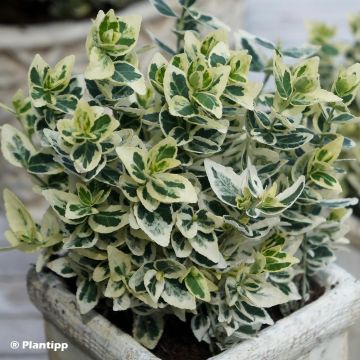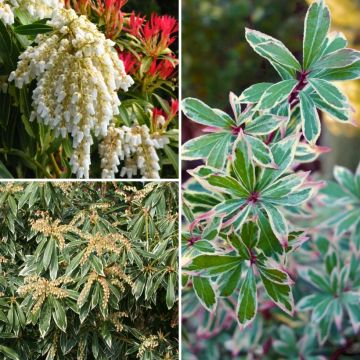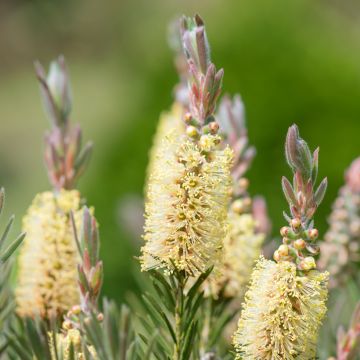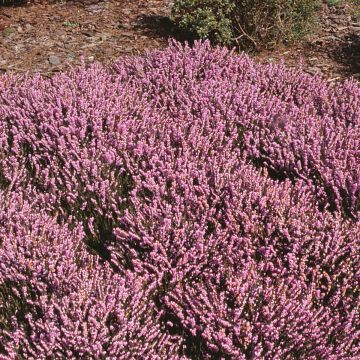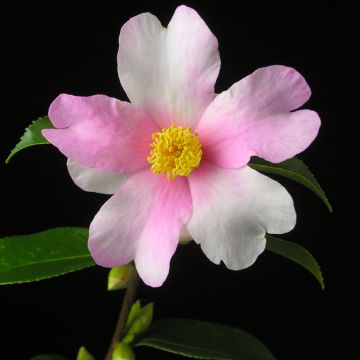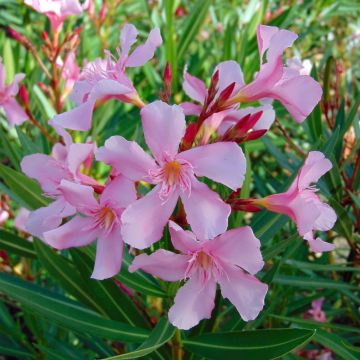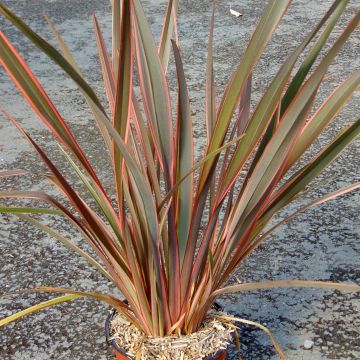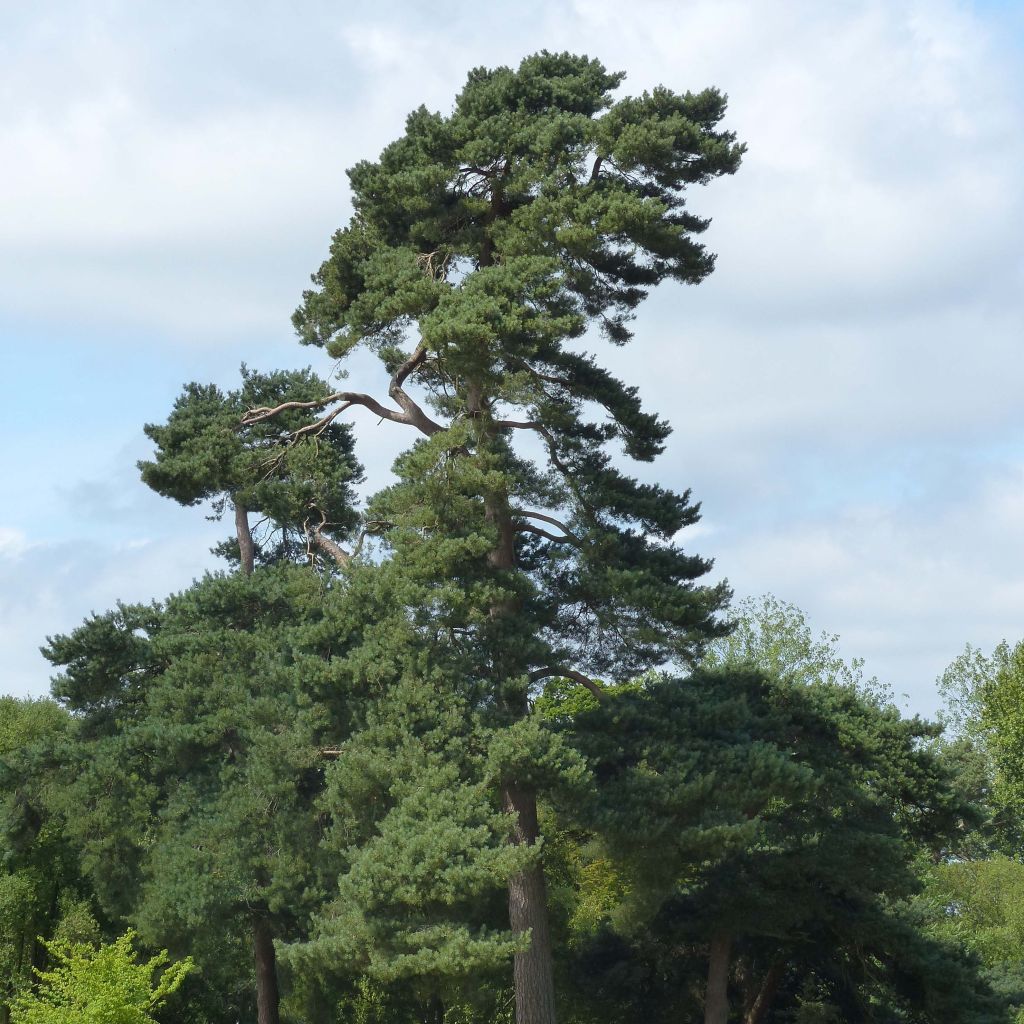

Pinus sylvestris - Scots Pine
Pinus sylvestris - Scots Pine
Pinus sylvestris
Scots Pine
Bare root plants received and planted. They match the description. However, the overall appearance is quite dry. I am cautious about their growth. I recommend wrapping the roots in damp turf during packaging.
Jean , 21/12/2024
Special offer!
Receive a €20 voucher for any order over €90 (excluding delivery costs, credit notes, and plastic-free options)!
1- Add your favorite plants to your cart.
2- Once you have reached €90, confirm your order (you can even choose the delivery date!).
3- As soon as your order is shipped, you will receive an email containing your voucher code, valid for 3 months (90 days).
Your voucher is unique and can only be used once, for any order with a minimum value of €20, excluding delivery costs.
Can be combined with other current offers, non-divisible and non-refundable.
Home or relay delivery (depending on size and destination)
Schedule delivery date,
and select date in basket
This plant carries a 24 months recovery warranty
More information
We guarantee the quality of our plants for a full growing cycle, and will replace at our expense any plant that fails to recover under normal climatic and planting conditions.

Would this plant suit my garden?
Set up your Plantfit profile →
Description
The Scots Pine, in Latin Pinus sylvestris, is perhaps the most ubiquitous, sturdy, and beautiful pine in Europe. This tall conifer with an elegant habit, is appreciated for its endless trunk covered with a salmon-coloured bark and the beauty of its light foliage, a beautiful green-grey-blue colour, capable of perfuming the air in hot weather. This pine, also known as the "Auvergne pine", "Geneva pine", "red pine" or "Scots pine", is a perfectly hardy species, not demanding in well-drained soil, and resistant to drought once established. Its significant height development is suitable for large gardens.
The Pinus sylvestris is a conifer of the pine family, widespread throughout northern Europe and Asia Minor. Its range is exceptionally vast, from southern Iberia to the Scottish Highlands, to Manchuria, the Turkish mountains and extreme northern Siberia. This testifies to its adaptability to many growing conditions. It is a common species in dry mountainous areas. It is a light-loving species, adapted to drought and the coldest winters, tolerant of poor soils, but disliking lime. This tree reaches 30-40m (98.4 - 131.2ft) in height in its natural environment and generally has a rounded crown on a very vertical long trunk. Depending on its habitat, this pine can take on a very diverse form. Its lifespan is around 200 years.
In cultivation, the Scots pine rarely exceeds 25m (82ft) in height with a spread of 7 to 10m (32.8ft). Its growth is quite rapid. During its youth, this tree shows a fairly wide conical habit. As it ages, it thins out, revealing a long, bare trunk covered with reddish bark in its upper part and a slightly sparse, generally conical, dome-shaped canopy. Its branches, brown-grey in colour, are covered with soft, pointed, non-prickly needles, slightly grey or bluish-green, measuring 4 to 7cm (2.8in) long. They are grouped in pairs, sheathed at the base, and arranged in dense spirals around the branches. The young bark is finely scaly and reddish-brown in colour. It takes on a salmon pink or orange-red colour on the upper branches and trunk of older specimens. The lower trunk, on the other hand, is covered with fissured grey-brown bark. Its deep taproot makes transplanting older specimens unwise. Flowering occurs in May-June, in the form of male flowers in small yellow catkins grouped at the base of the shoots, and small purple female flowers located at the terminal part of the branches. The fruits are ovoid cones, 3 to 5cm (2in) long, brown at maturity. They ripen after 2 years.
The Scots Pine will find its place in a large garden, either as a standalone tree or a background at the property boundary. This conifer, which thrives in conditions neglected by many trees, offers a very pleasant filtered shade while requiring very little maintenance. In hot weather, its foliage gives off a balsamic and resinous scent. It adapts to a wide variety of soils, except for very chalky or heavy and compact. Conifers, with their reassuring permanence, blend well together. They provide lasting structure to a landscape and are attractive throughout the year.
The wood of the Scots Pine, also known as "Northern Pine", was once widely used by ship carpenters. Nowadays, it is used in carpentry, construction, and the paper industry.
Pinus sylvestris - Scots Pine in pictures
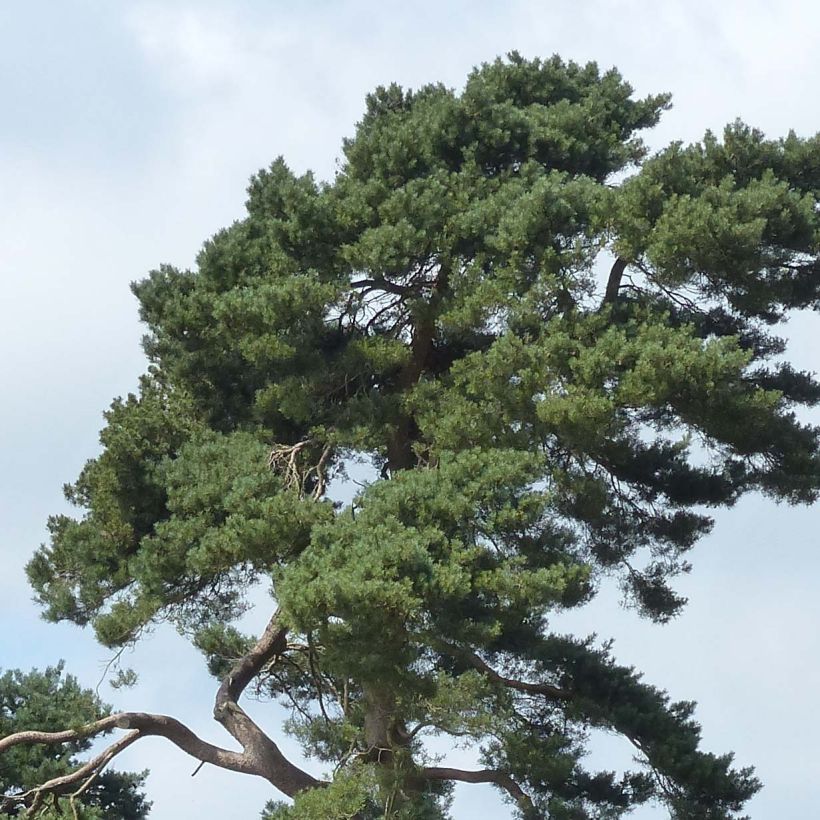

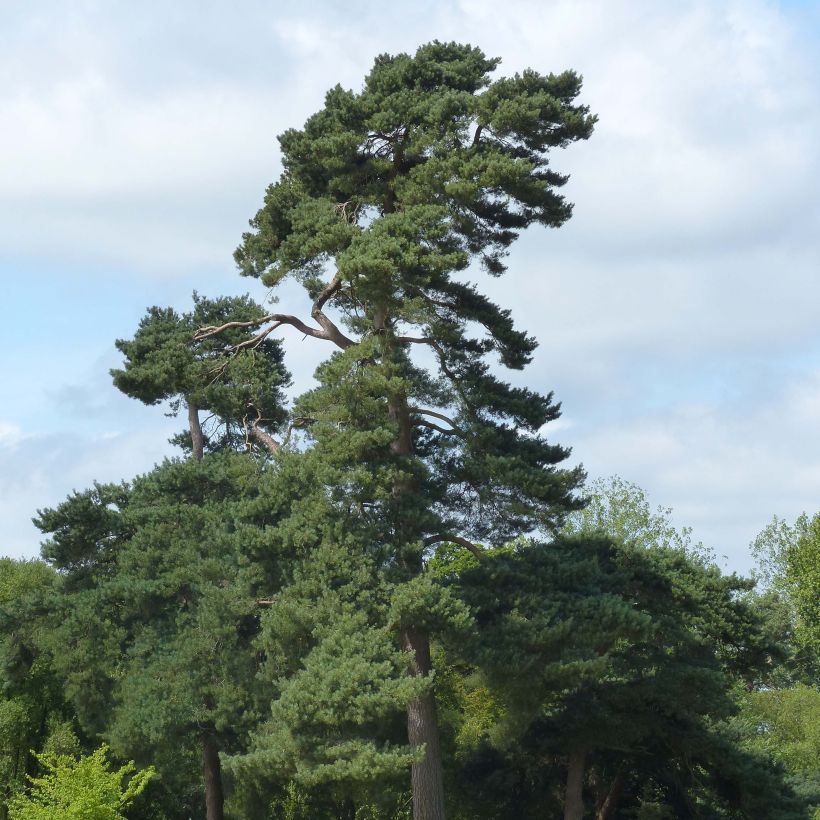

Plant habit
Flowering
Foliage
Botanical data
Pinus
sylvestris
Pinaceae
Scots Pine
Western Europe
Other Pinus - Pine
View all →Planting and care
The Pinus sylvestris can be planted from September to November and from February to June in ordinary but light soil, well-drained, close to neutral PH, even those poor and dry in summer. It prefers loose and light soils, sandy or loamy, not very chalky. Choose a sunny and open location. Soak the roots well before planting. Add organic fertiliser at planting and water generously for the first three years, and in case of prolonged drought. In very poor soil, you can apply a special conifer fertilizer every 2 years in April. Weed the soil in summer. This very hardy conifer (down to -40°C (-40°F) at least) dislikes waterlogged, heavy and compact soils, as well as excessively alkaline soils. Pruning is not necessary, but it will tolerate it. Training pruning should be done during the vegetative rest period, usually in late summer.
This pine is susceptible to pine processionary caterpillar, rot (in excessively moist soils), woolly aphids, and rust.
Planting period
Intended location
Care
Planting & care advice
-
, onOrder confirmed
Reply from on Promesse de fleurs
Similar products
Haven't found what you were looking for?
Hardiness is the lowest winter temperature a plant can endure without suffering serious damage or even dying. However, hardiness is affected by location (a sheltered area, such as a patio), protection (winter cover) and soil type (hardiness is improved by well-drained soil).

Photo Sharing Terms & Conditions
In order to encourage gardeners to interact and share their experiences, Promesse de fleurs offers various media enabling content to be uploaded onto its Site - in particular via the ‘Photo sharing’ module.
The User agrees to refrain from:
- Posting any content that is illegal, prejudicial, insulting, racist, inciteful to hatred, revisionist, contrary to public decency, that infringes on privacy or on the privacy rights of third parties, in particular the publicity rights of persons and goods, intellectual property rights, or the right to privacy.
- Submitting content on behalf of a third party;
- Impersonate the identity of a third party and/or publish any personal information about a third party;
In general, the User undertakes to refrain from any unethical behaviour.
All Content (in particular text, comments, files, images, photos, videos, creative works, etc.), which may be subject to property or intellectual property rights, image or other private rights, shall remain the property of the User, subject to the limited rights granted by the terms of the licence granted by Promesse de fleurs as stated below. Users are at liberty to publish or not to publish such Content on the Site, notably via the ‘Photo Sharing’ facility, and accept that this Content shall be made public and freely accessible, notably on the Internet.
Users further acknowledge, undertake to have ,and guarantee that they hold all necessary rights and permissions to publish such material on the Site, in particular with regard to the legislation in force pertaining to any privacy, property, intellectual property, image, or contractual rights, or rights of any other nature. By publishing such Content on the Site, Users acknowledge accepting full liability as publishers of the Content within the meaning of the law, and grant Promesse de fleurs, free of charge, an inclusive, worldwide licence for the said Content for the entire duration of its publication, including all reproduction, representation, up/downloading, displaying, performing, transmission, and storage rights.
Users also grant permission for their name to be linked to the Content and accept that this link may not always be made available.
By engaging in posting material, Users consent to their Content becoming automatically accessible on the Internet, in particular on other sites and/or blogs and/or web pages of the Promesse de fleurs site, including in particular social pages and the Promesse de fleurs catalogue.
Users may secure the removal of entrusted content free of charge by issuing a simple request via our contact form.
The flowering period indicated on our website applies to countries and regions located in USDA zone 8 (France, the United Kingdom, Ireland, the Netherlands, etc.)
It will vary according to where you live:
- In zones 9 to 10 (Italy, Spain, Greece, etc.), flowering will occur about 2 to 4 weeks earlier.
- In zones 6 to 7 (Germany, Poland, Slovenia, and lower mountainous regions), flowering will be delayed by 2 to 3 weeks.
- In zone 5 (Central Europe, Scandinavia), blooming will be delayed by 3 to 5 weeks.
In temperate climates, pruning of spring-flowering shrubs (forsythia, spireas, etc.) should be done just after flowering.
Pruning of summer-flowering shrubs (Indian Lilac, Perovskia, etc.) can be done in winter or spring.
In cold regions as well as with frost-sensitive plants, avoid pruning too early when severe frosts may still occur.
The planting period indicated on our website applies to countries and regions located in USDA zone 8 (France, United Kingdom, Ireland, Netherlands).
It will vary according to where you live:
- In Mediterranean zones (Marseille, Madrid, Milan, etc.), autumn and winter are the best planting periods.
- In continental zones (Strasbourg, Munich, Vienna, etc.), delay planting by 2 to 3 weeks in spring and bring it forward by 2 to 4 weeks in autumn.
- In mountainous regions (the Alps, Pyrenees, Carpathians, etc.), it is best to plant in late spring (May-June) or late summer (August-September).
The harvesting period indicated on our website applies to countries and regions in USDA zone 8 (France, England, Ireland, the Netherlands).
In colder areas (Scandinavia, Poland, Austria...) fruit and vegetable harvests are likely to be delayed by 3-4 weeks.
In warmer areas (Italy, Spain, Greece, etc.), harvesting will probably take place earlier, depending on weather conditions.
The sowing periods indicated on our website apply to countries and regions within USDA Zone 8 (France, UK, Ireland, Netherlands).
In colder areas (Scandinavia, Poland, Austria...), delay any outdoor sowing by 3-4 weeks, or sow under glass.
In warmer climes (Italy, Spain, Greece, etc.), bring outdoor sowing forward by a few weeks.






























